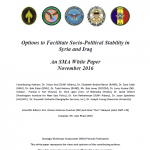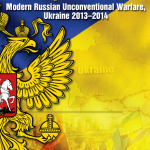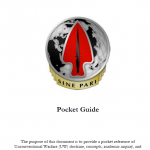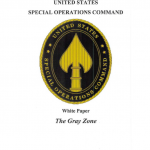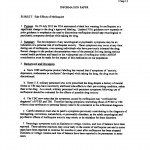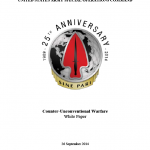
During the last decade, the U.S. military, along with its interagency and international partners, has generated significant capability to counter the irregular threats presented by non-state terrorists, insurgents, and criminal groups. During these same years, a distinct challenge to America and its partners in NATO and beyond has arisen through an innovative mix of such irregular threats. This challenge is Hybrid Warfare combining conventional, irregular, and asymmetric means, to include the persistent manipulation of political and ideological conflict. Foreshadowed by Iranian actions throughout the Middle East and by Chinese “unrestricted warfare” strategists in the 1990s, Hybrid Warfare has now reached its most brazen form in Russia’s support for separatist insurgents in Ukraine.
Read more →
